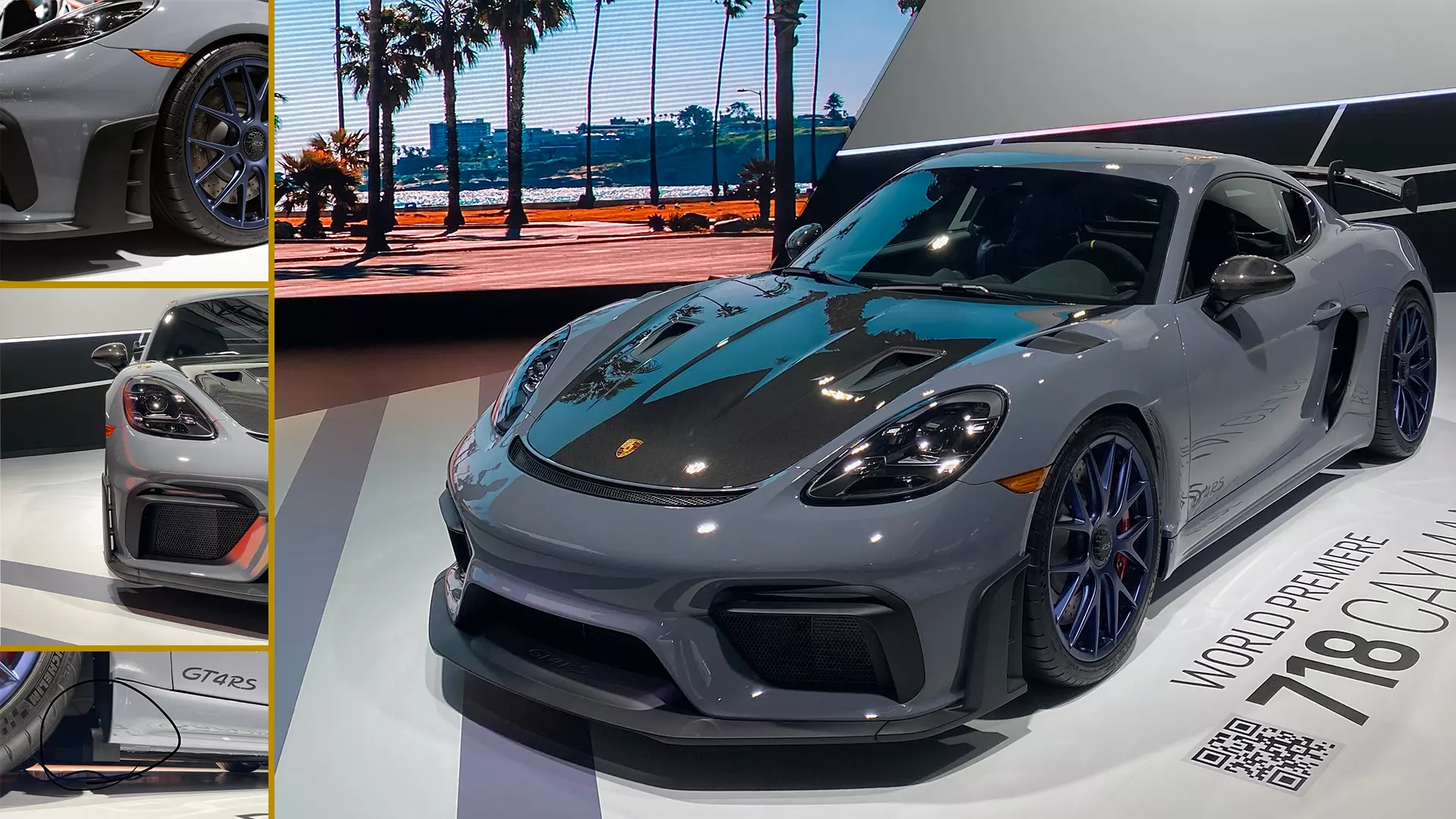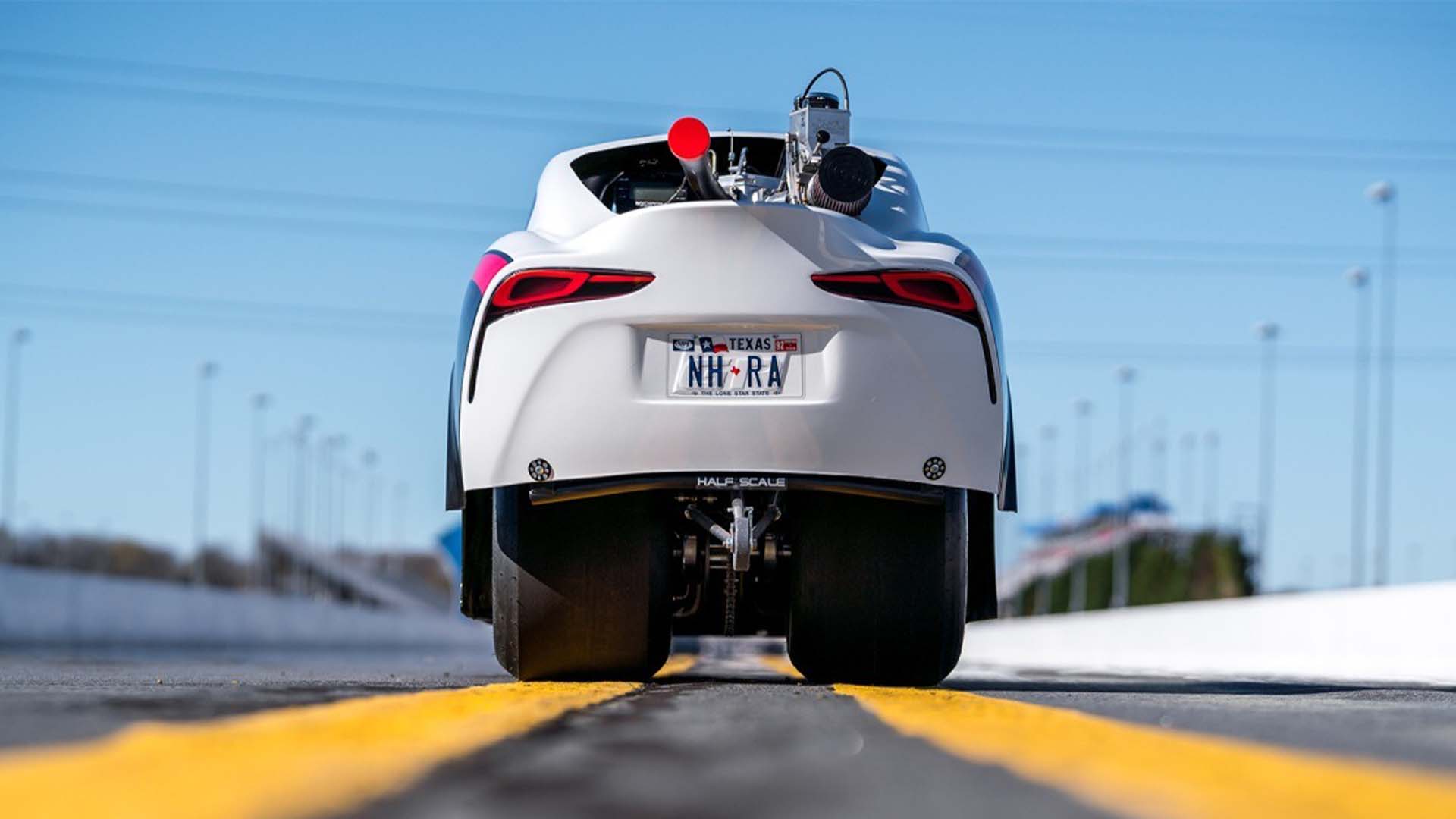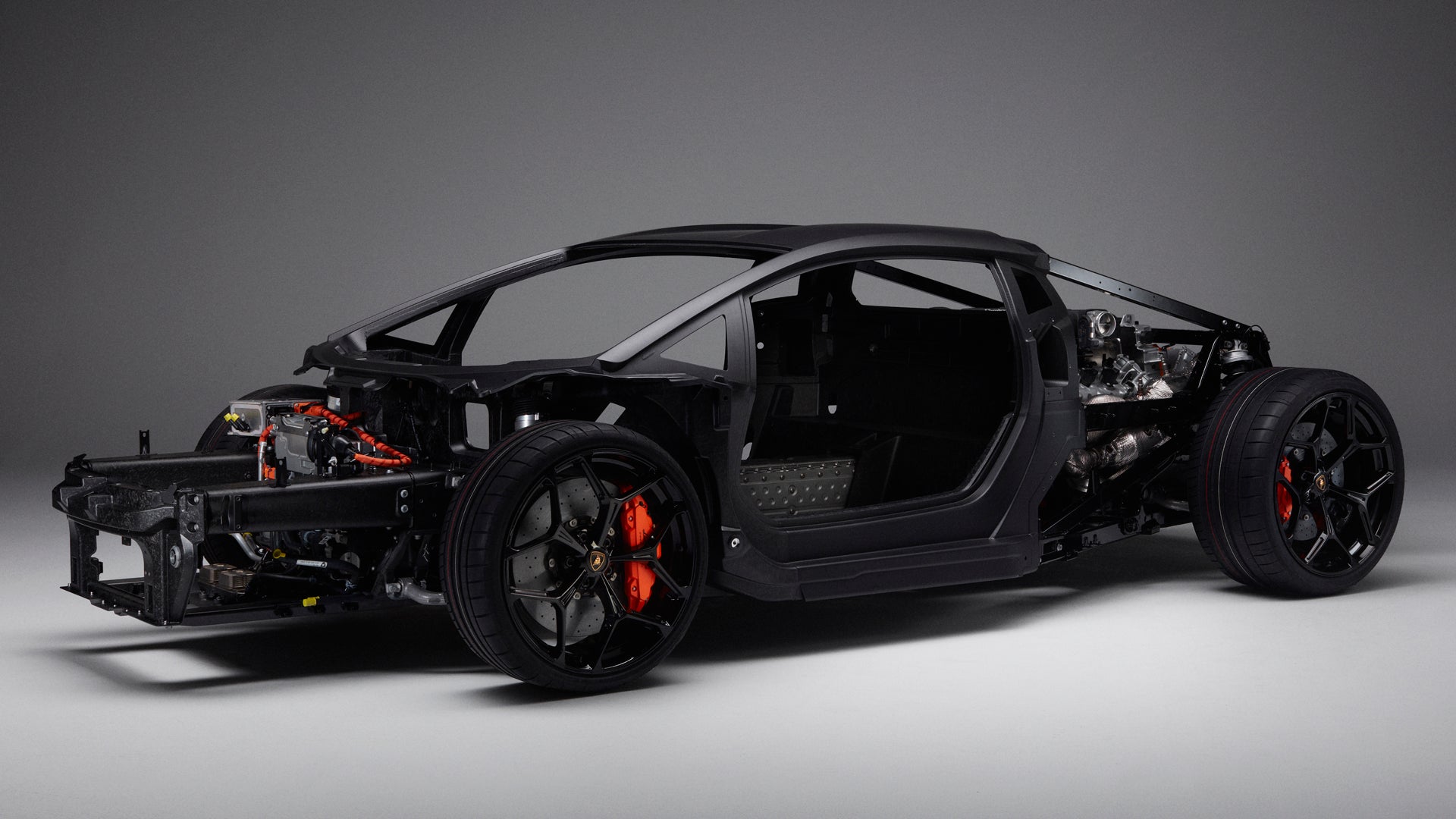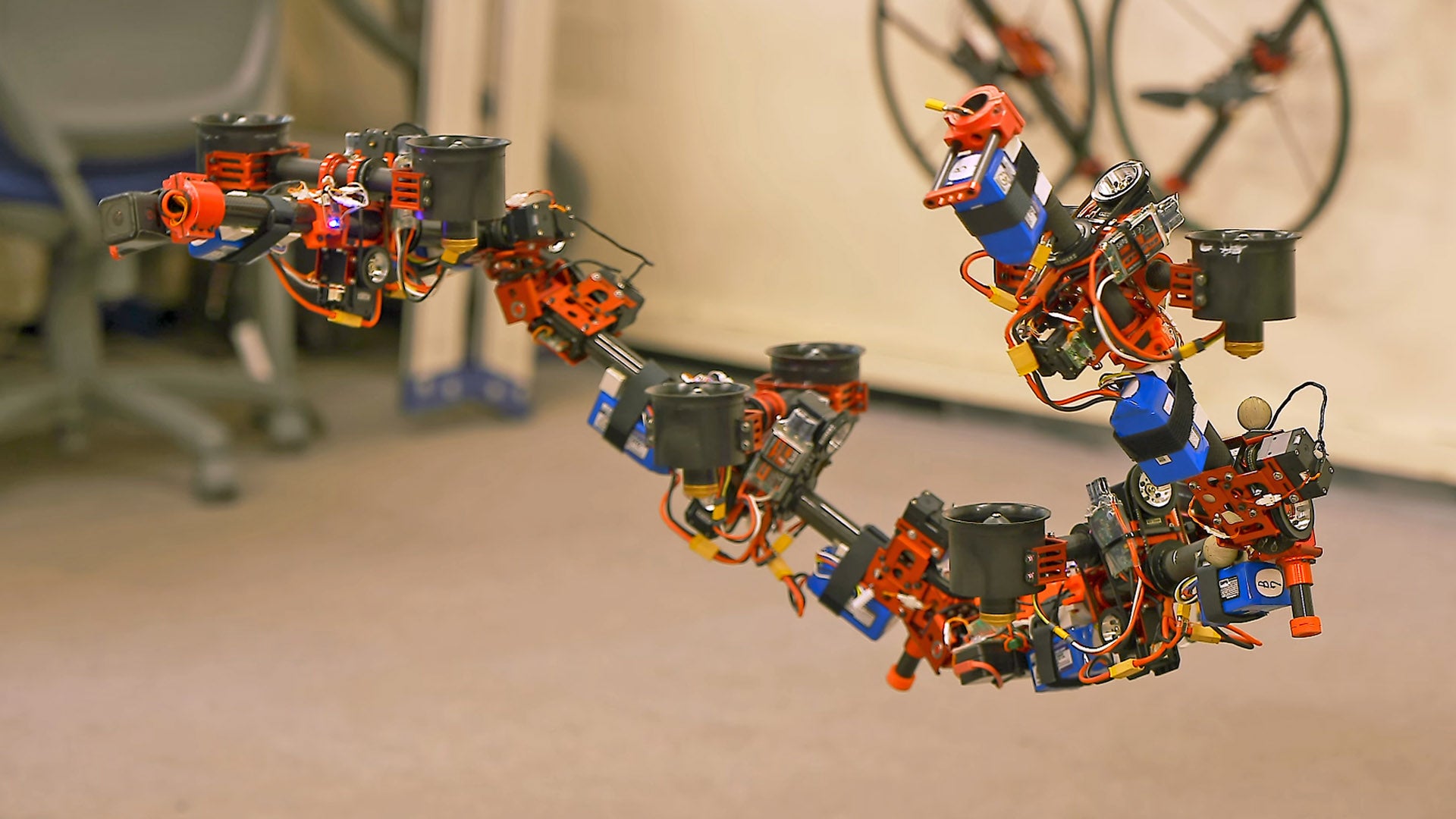The 2022 Porsche 718 Cayman GT4 RS has been all over the internet this week and is easily one of the spiciest items at this year’s LA Auto Show. The car’s spec sheet is impressive, but taking a closer look at the thing in person really helped us appreciate just how incredible its complex aerodynamics are. Come take a look!
Though it was a slow year at the Los Angeles Auto Show according to my colleagues, this was my first show as a member of the press. You only have your first time once and I’m glad that Porsche did the global reveal of the Cayman GT4 RS here in my hometown. As far as I’m concerned, it’s looking a lot like the ultimate modern Porsche.
Let’s hit the big points first: it now has the 4.0-liter 9000-RPM flat-six from the 911 GT3, only with a PDK dual-clutch gearbox from the standard Cayman GT4. The aero has been reworked with slight but significant revisions. Suspension is now suspended with solid, no-give ball joints and it is 49 pounds lighter than a standard GT4 thanks to carbon fiber fenders and hood.
While the big stuff is great, plenty of car sites have worked that muscle. We at Car Autance want to look a little closer at this remarkable machine. Particularly, the front-end aerodynamics.
Porsche seems to have focused most of the aero research on the area directly around the front wheels with an intense focus on removing that nasty high-pressure air from the wheel wells. Why does high-pressure air build up? Wheels and tires spinning at high speeds cause a lot of turbulence and disturbance to the air around them. That air starts building pressure and lifting the front of the car at high speed. The task is to extract that nasty air from the wheel wells.
On the GT4 RS, Porsche went all out and then some. They added some interesting aerodynamic conditioners to the front bumper, added an exit vent at the top of the fender, underbody air directors directly behind the front wheels, and even a minor fender cutout at the back of the fender. All of this is in the name of extracting air from the wheel wells and keeping the front tires on the ground.
Starting with the very front, there are these interesting protrusions from the sides of the front bumper. Looking at them head-on and from the top reveals some things about their purpose. Instead of using a dive plane or canard (those big swoops you see on the front of race cars) Porsche combined that concept into the now industry-standard air curtain. It helps condition and sculpt the airflow around the front wheels for a slipperier coefficient of drag.
More perceptive eyes will notice that the top of this aero feature flares up, guiding flow upwards. And, it has a “fence” or a sort of wall at the outermost edge of it, like a dive plane. I believe that Porsche is using the very top of this bit of plastic to create what is basically a carefully controlled air vortex (think mini-tornado), like a dive plane, that extracts air from the wheel well. I don’t think the effect won’t be nearly as extreme as a true dive plane, but every small thing counts with sports cars. It’s also worth noting that the car has another air curtain type feature inside the bumper and both of these exit into the same airflow path.
It’s important to think with aerodynamics that everything works from front to back. If Porsche can get the airflow right at the front, the rear wing, those crazy intakes, and any cooling will work better at the back. This little feature is doing a lot of work.
Looking at the top and back of the fender continues this airflow story we’re telling. The fender vents are self-evident in their mission to displace high-pressure air. They simply allow that built-up air to escape peacefully through the top of the fender. Looking farther down the same fender, you can see that the back of it is tucked in. This is interesting because this sort of feature is seen on race cars but in a more extreme way. Track folks tend to do this a lot as well. Its mission is also simple: displacing air from above and behind the front wheels.
Finally, looking underneath the car, I noticed some strakes behind the front wheels. I did this on a hunch because I remember watching Chris Harris’ video on the 992 911 GT3 and seeing strakes similar to this under the GT3. I linked it at a timestamp where you can see it on that car. I’m happy to have found similar features underneath the GT4 RS. I couldn’t get a great angle on it without fear of getting removed from the premises but this tells the story plenty. Clearly, there is an aero development avenue Porsche is following and it seems to be working to clean up normally turbulent underbody airflow directly behind the rear wheels.
Overall, the GT4 RS is shaping up to be a remarkable Porsche, perhaps one of all time. I’m excited to hear about driving them in the future and maybe even drive one myself. Until then, au revoir reader.
More great stories on Car Autance
- How Kevin Williams made $800 flipping a rust-free Mazda Tribute in Ohio.
- Everything that could fail, did: What I learned owning a BMW E46 ZHP.
- The Lexus RC F GT3 differs from its road-going counterpart in some fascinating ways.
- Chris Rosales played ‘Gas Station Simulator‘ for more than 10 hours. He explains whether or not it’s worth playing.
- The supposed deal between Hertz and Tesla made a big splash, but it doesn’t really make sense for the rideshare drivers.
- In the first full video from Car Autance, we inspect the technical differences between the Lexus IS F and the new Lexus IS 500.









